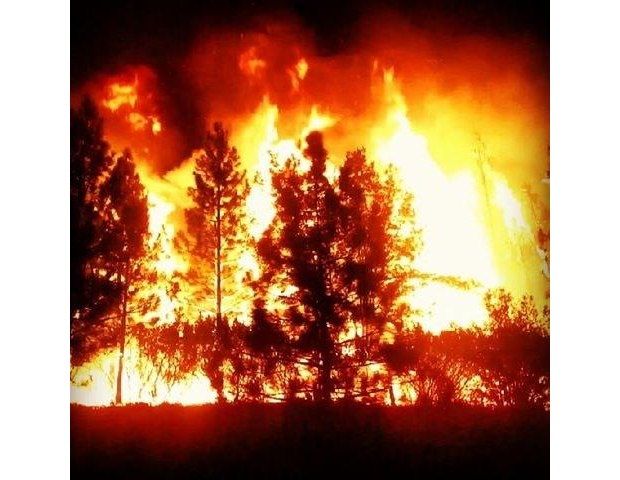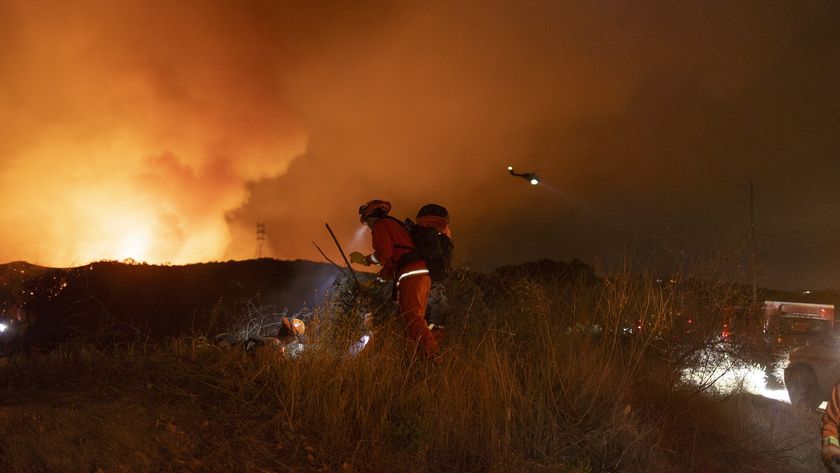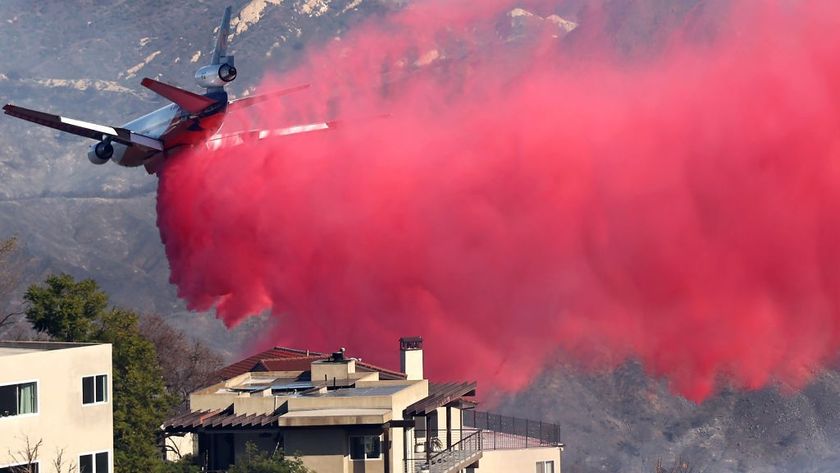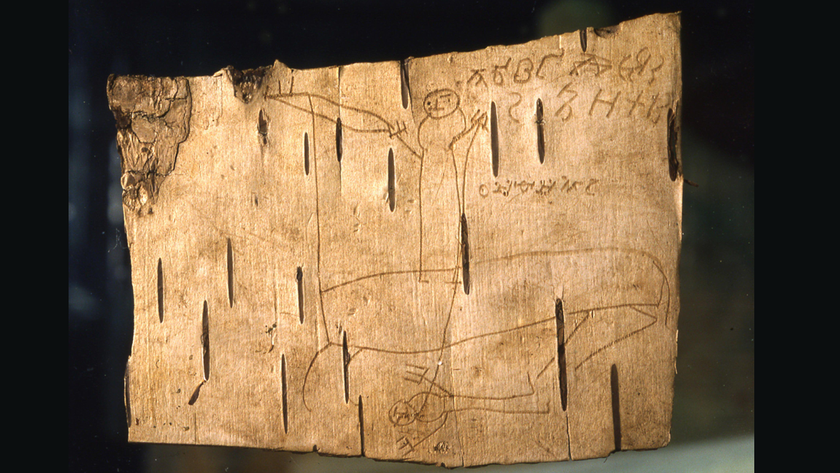Rim Fire Endangers Experimental Forest

This article was provided by AccuWeather.com.
As the California Rim Fire near Yosemite National Park continues to burn, becoming one of the state's largest fires in California history, it is coming dangerously close to sending years of research at the Stanislaus-Tuolumne Experimental Forest up in flames.
Located in the central Sierra Nevada near Pinecrest, Calif., the experimental forest has been the home base for forest fire research since the 1920s.
Back in the twenties, fires came through the area every eight to ten years, keeping the forests more open, according to U.S. Forest Service, Pacific Southwest Research Station Geographer and Researcher Carl Skinner. As a result, the forests were less dense, making a high intensity fire, like the Rim Fire, less likely.
"In the 1920s, they mapped every tree on ten acre plots, so we know the sizes and species of the trees," Skinner said. Scrubs and grasses were also mapped extensively, so well in fact that researchers today know how dense the vegetation on the forest floor used to be.
RELATED: Forecast Temperature Maps Yosemite Wildfire Grows to Fifth Largest in State's History California Interactive Radar
Researchers and scientists alike have since continued to study the structure and spacial distribution of what the forests used to be like. With these studies, researchers attempt to figure out how the forest has changed over time and what it would take to restore the forest to more fire resistant conditions.
Sign up for the Live Science daily newsletter now
Get the world’s most fascinating discoveries delivered straight to your inbox.
"In fire-prone areas, the big trees that survived the fire have thick bark and high branches that protected them," Skinner said.
Recently, the forest has been entirely remapped to determine what changes have occurred since the 1920 mapping.
"We have seen tremendous change in the forest, it has become much denser with three to four times more trees," Skinner said. "There are very few scrubs left and we have lost a lot of vegetative diversity."
Completed just last year, the site was thinned back to recreate the conditions in the 1920s. This October and November, prescribed fire was scheduled to be put back into the woods. This exploratory fire was to be used to compare the differences and responses in the way the forest reacted with fire to the way it functioned prior to the thinning.
Already done at other locations, research has shown that thinning the forest and reinstating its conditions to what it was back in the 1920s has "made tremendous differences in what the fires end up doing," according to Skinner.
While the Rim Fire has seemingly switched direction since the beginning of the week, the threat to the Stanislaus-Tuolumne Experimental Forest has been reduced. However, if the California weather changes yet again there is no guarantee that the savage fire will not encroach the area.
Despite the thinning process, the research site still contains a fair amount of ground shrubbery that would aid in fueling the Rim fire and thus intensify the already enormous fire.
"The fire would be intense enough that it could do a lot of damage to the project," Skinner said.
The team plans to wait it out and see what happens. However, if the fire does reach the site, the team plans to take full advantage of the situation by studying the patterns the fire leaves in its wake.
Despite, the research potential if the Rim Fire makes its way into the experimental forest, the downsides far outweigh the benefits as the team would have to relocate.
"We would gain information from it, just not meeting the objectives we originally had," Skinner said. "But then, we would have to start over somewhere else."
© AccuWeather.com. All rights reserved. More from AccuWeather.com.
With much of the country experiencing an unseasonably warm winter, fears of climate change come to mind. See how well you understand recent weather, climate and the difference between them.
Pop Quiz: Sign of Climate Change, or Just Weird Weather?













